Hot, windy weather could lead to ‘problematic’ bushfire season in NSW
Only 44 per cent of the hazard reduction target will be reached before the official Bush Fire Danger Period on October 1, with fireys and locals worried about massive amounts of ground fuel.
NSW
Don't miss out on the headlines from NSW. Followed categories will be added to My News.
A month out from the start of the summer bushfire season, firefighters are losing sleep over fears fires could “quickly become dangerous”, as hazard reduction burns fall well behind target.
Less than 45 per cent of the hazard reduction target was reached in the lead up to fire season, with fireys and locals worried about massive amounts of ground fuel from our wet summer.
The total hazard reduction burns by the Rural Fire Service for the period July 1, 2023 to June 30, 2024 was 139,927 hectares – just 44 per cent of the 313,258 hectare target, due to windy, wet and warm weather.
In the three years prior, targets also fell well short with just 28 per cent of hazard reduction taking place in the 2022/23 financial year.
While the latest bushfire outlook does not predict any increased fire risk for NSW, RFS Commissioner Rob Rogers said the lack of rainfall could make for a problematic summer, with hazard maps of the state already painting a worrying picture.
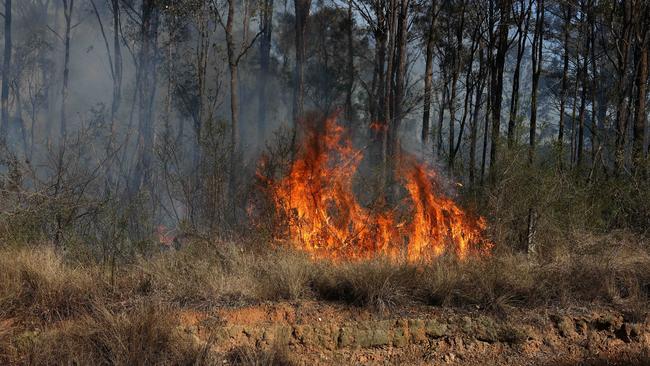
“We’ve got 50 or so fires burning at the moment,” he said. “If (the rainfall) remains minimal, as we get the warmer weather and the wind picks up, we will continue to see fires, and these fires will become increasingly difficult to control the warmer it gets.
“There’s so much fuel out there and it’s going to be problematic if it continues to dry out.”
The state received its first look at what’s to come last week, when a grassfire – which are of particular concern this summer – ran out of control toward homes and businesses in Horningsea Park.
Grass fires are generally less intense than bushfires, but just as dangerous, moving rapidly across the ground and swallowing paddocks and scrub.
Mr Rogers admitted the RFS was behind hazard reduction targets, but stressed the organisation had met 76 per cent of its targets when it came to protecting homes, having mechanically cleared bush surrounding at-risk homes and properties.
“Obviously we’re way behind on the (hazard reduction) program, and the areas we don’t do just keep compounding into the next year,” he said.
“So that makes it an even more difficult target for this current period … but there’s been a lot of work done and we will continue to do so while we deem it safe.”
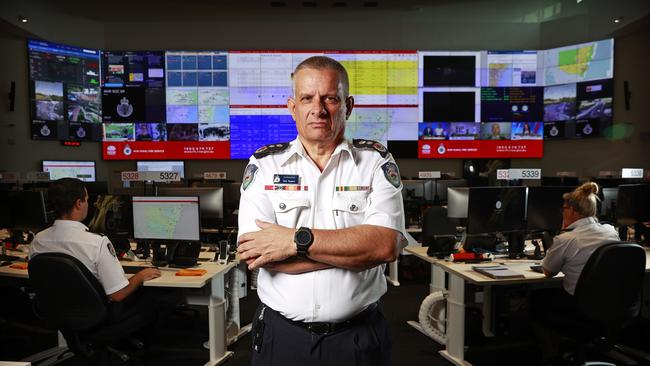
Emergency Services Minister Jihad Dib the NSW Government had invested in the RFS’s preparedness for the upcoming season, including a boost of 100 additional hazard reduction crews.
“Firefighters are doing everything they can to mitigate the risk of fire through hazard reduction burning and other means, and property owners are urged to do their part too,” he said.
“Weather conditions have impacted opportunities for hazard reduction, but the RFS and other agencies continue to conduct this work when there are safe windows to do so.”
Former FRNSW commissioner Greg Mullins, who is still an active RFS member, said the spring and summer could “quickly become dangerous”, with fireys like himself already worried about what might lie ahead due to accelerated growth as a result of a wet start to the year.
“We’re not looking at another Black Summer, but it could quickly become dangerous,” he said.
“When you’ve got an extreme or catastrophic day ahead, I don’t sleep … when you start hearing that wind, it sends chills up your spine. You’re waiting for the call.”
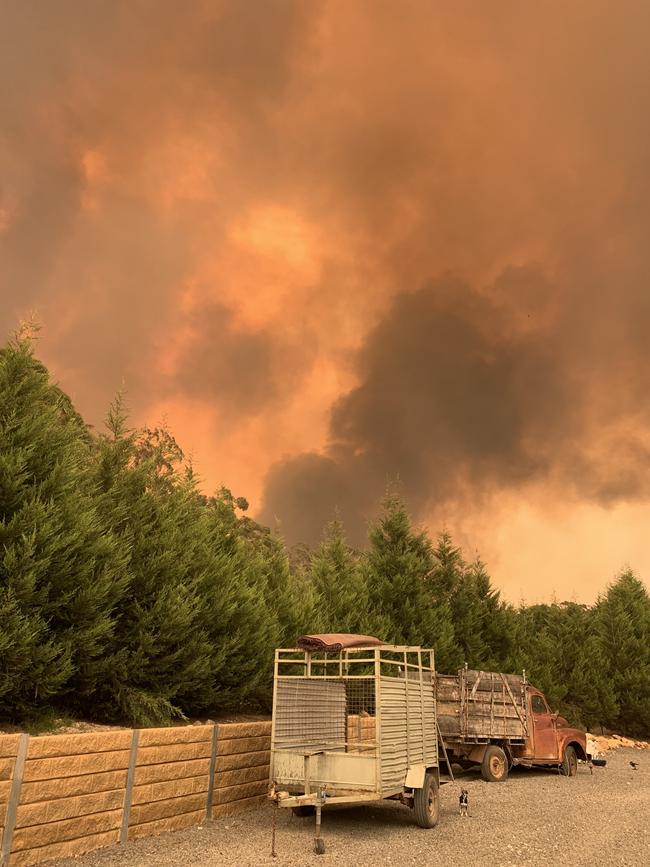
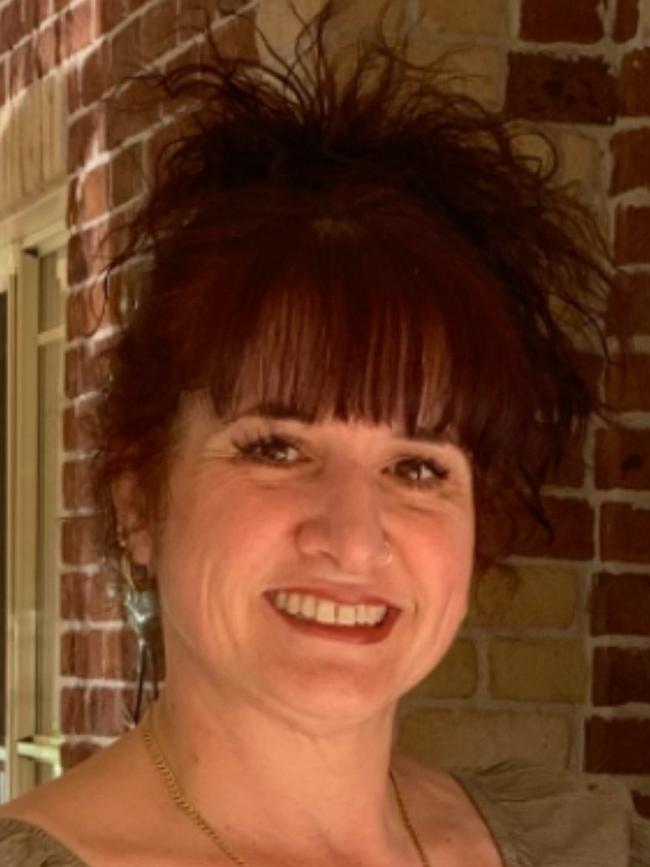
In Bilpin, memories of the 2019 Black Summer fires are still raw.
December 14 is a date no local will forget, after the Grose Valley fire ran through town like a steam train. The fire broke containment lines in about five hours and burnt through an estimated 63,700 hectares, destroying homes and businesses in the tight-knit community.
With the scrub thriving once again, and a warm August sending bushfire smoke up the mountain, locals are worried about their little town, and whether it will burn again.
Helen Attard stayed to protect her home in 2019, and will never forget the roar of the fire as it flew toward her property.
“Within seconds everything turned black,” she said. “I was petrified. We had our own pump so we managed to save the house but there were plenty of others who weren’t as lucky.”
She still can’t turn on a gas stove or light her fireplace, and even the smallest sign of smoke sends a wave of panic over her.
With hot weather and huge growth in the mountains, Ms Attard fears the community could be in “big trouble” this summer.
“We’ve been clearing and cleaning up on our property, picking up sticks, but it’s been too windy for hazard reduction and pile burns,” she said.
“Of course I’m worried, we could be in big trouble”.
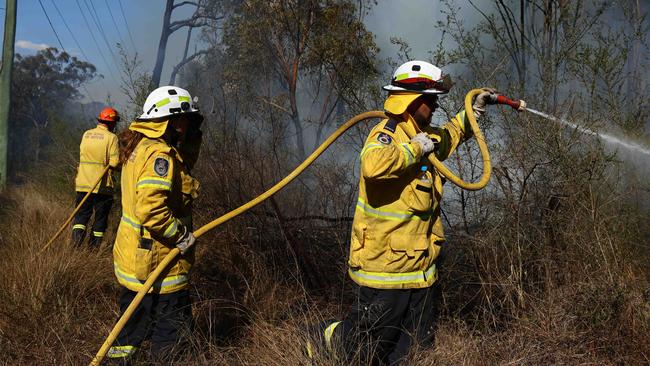
Residents are calling for more roadside water tanks to be installed along the Bells Line of Road, after crews were unable to access water during the 2019 fires that all but wiped out the town.
Mr Dib said he had met with the community and would “seek guidance” on installation of further tanks along Bells Line of Road.
“I fully support any initiative that enhances the safety of our firefighters; however, I would first seek expert guidance on the feasibility of further tank installations along the Bells Line of Road,” he said.
“In the meantime, the RFS and other agencies have access to several mobile bulk water carriers, which can be deployed to the area in the event of an emergency.”
While RFS volunteers have dropped from a peak of 76,000 to around 70,000 for this season, Mr Rogers said equipment and capabilities had been improved since Black Summer, with NSW the only state to own a large air tanker and Chinook helicopter year round.
AI will also play a big role in this year’s firefighting efforts, with new technology used to map properties and if and how they will be impacted by bushfire.
“It ensures that we stay focused on the homes and properties that are most at risk,” he said.
VOLUNTEERS PREPARE THEIR LOCAL COMMUNITIES
In the Hills Shire, dedicated volunteers from the Glenhaven RFS have been attacking the thick vegetation that surrounds homes and communities as summer inches closer.
Allan Stone has been with the brigade for nine years, and worked all over the state during Black Summer.
It was months of heartache, as he watched towns and properties decimated by fire.
“I wasn’t afraid of the fire,” he said. “It was devastating, my heart was aching for these people.
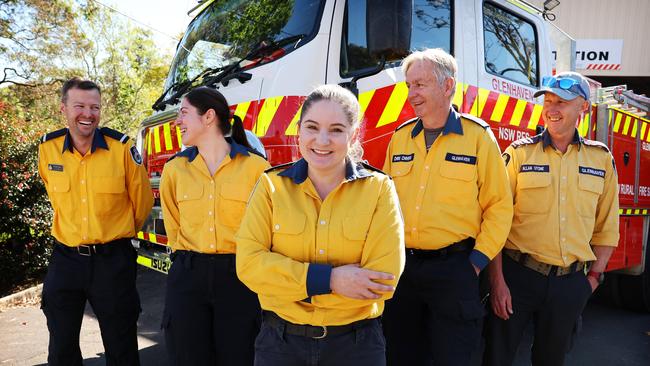
“We are there to help them, and then we have to leave, and you wonder often how they are going.”
For the past several months the 40-some volunteers in the Glenhaven Brigade have taken time away from their day jobs as engineers and public servants to ready the local area for the season.
Vegetation has grown fast and thick, and hazard reduction has been done in between rain, heatwaves and windy weather.
There hasn’t been a “big burn” in the area for a very long time, and Mr Stone said while Black Summer level fires aren’t expected, things could “get rough for a short period” if fires do break out.
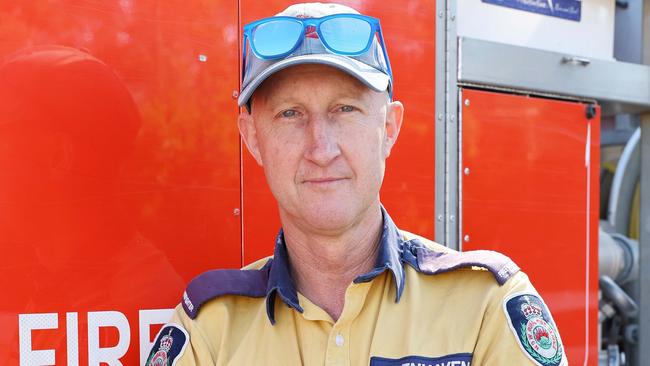
“We’ve done hazard reduction in key areas to stop any catastrophic burns,” he said.
“But the message is simple: prepare. It’s a job just like a will, prepare your home, clean your gutters, have a plan and then you can sit back.”
For Mr Stone and his fellow volunteers, their role within the RFS is something they are immensely proud of.
“I joined the RFS because I wanted to serve my community, and here we have a very special group of people,” he said.
Do you have a story for The Daily Telegraph? Message 0481 056 618 or email tips@dailytelegraph.com.au





